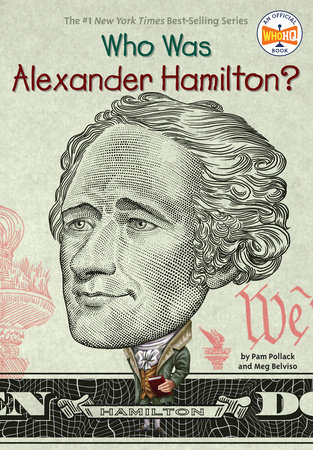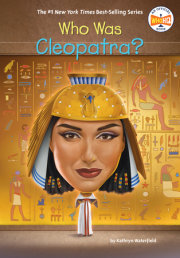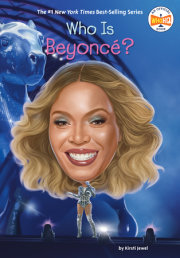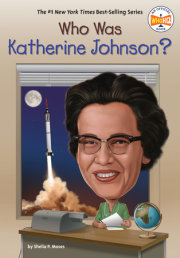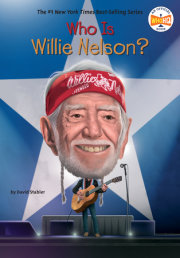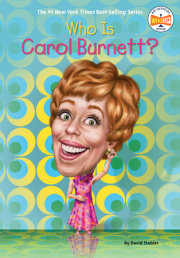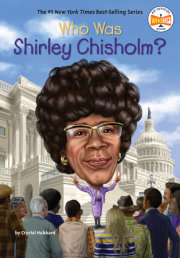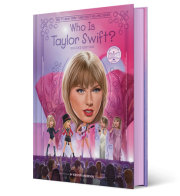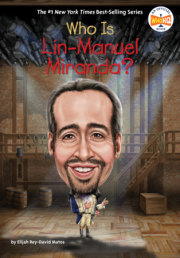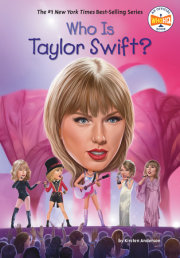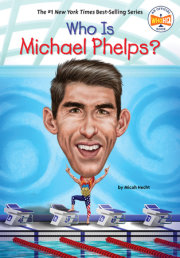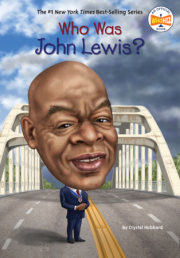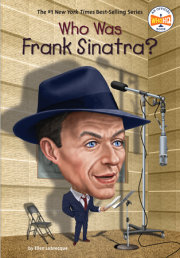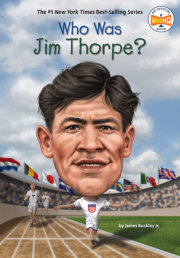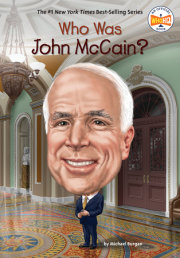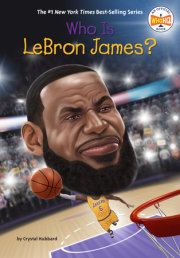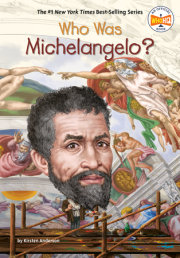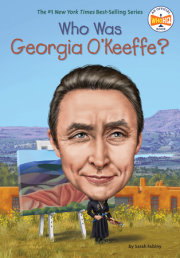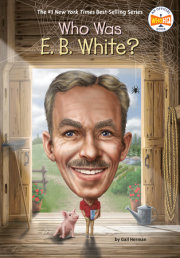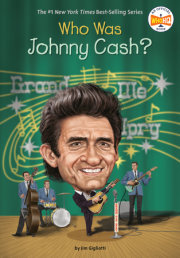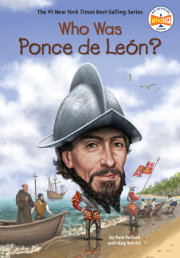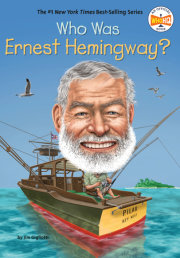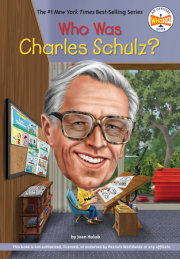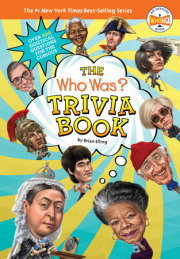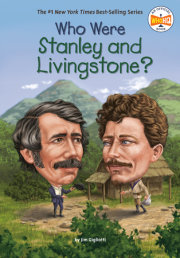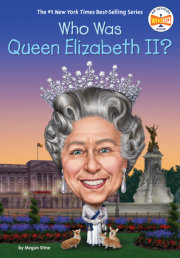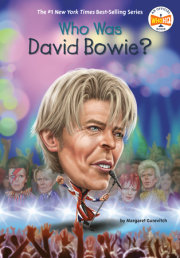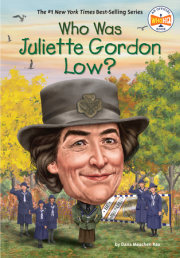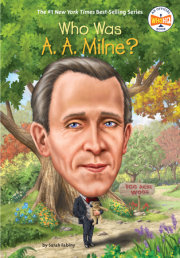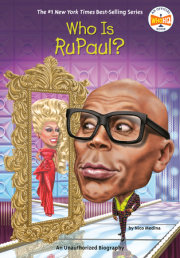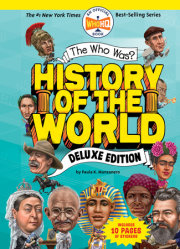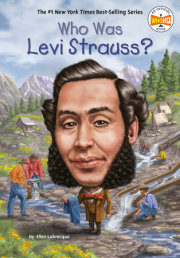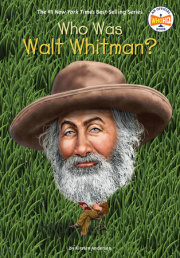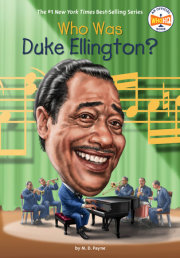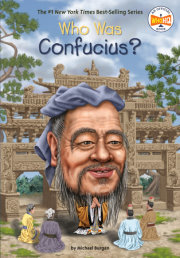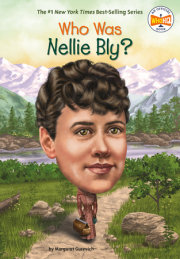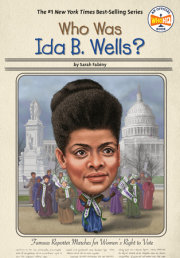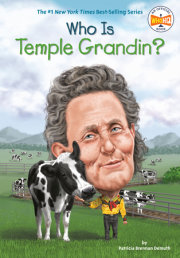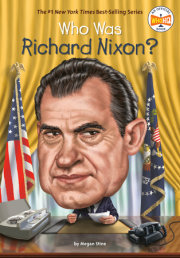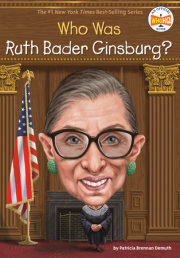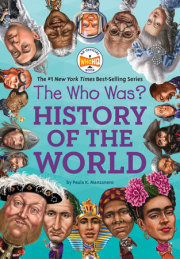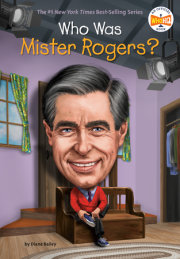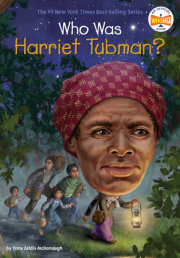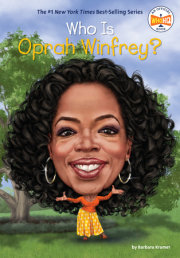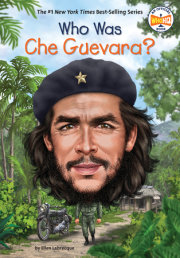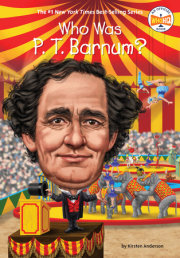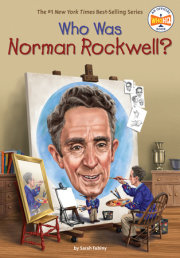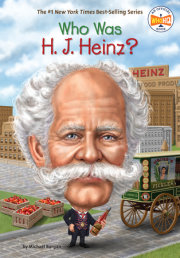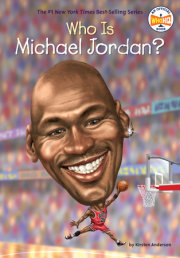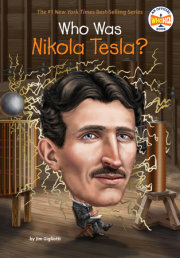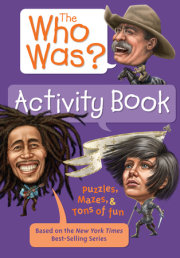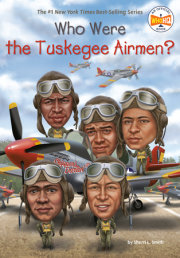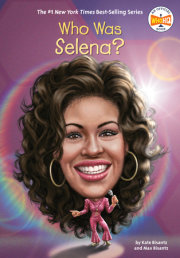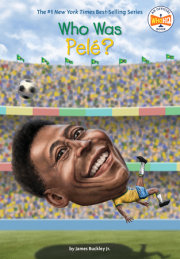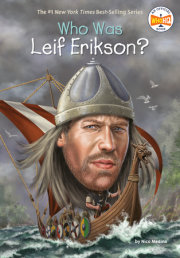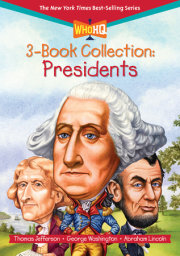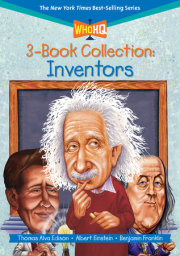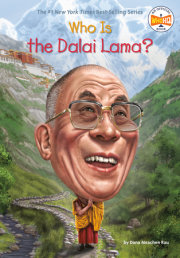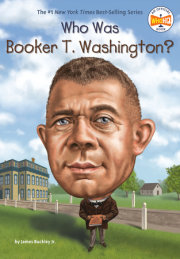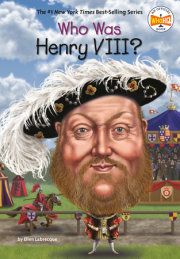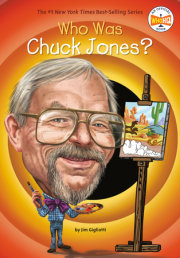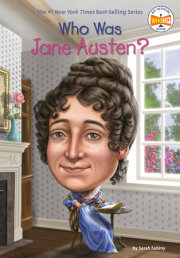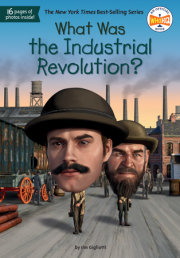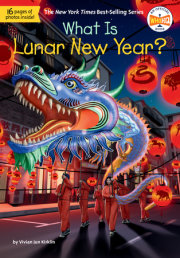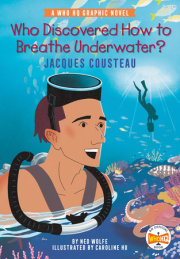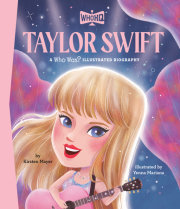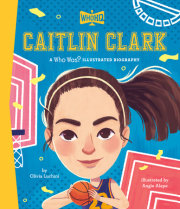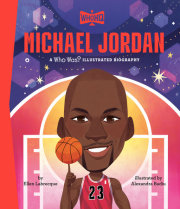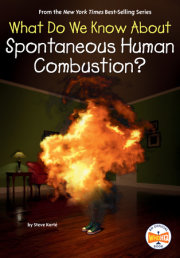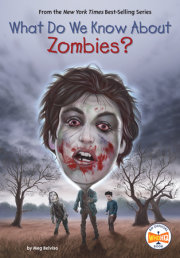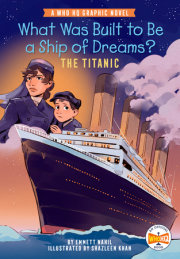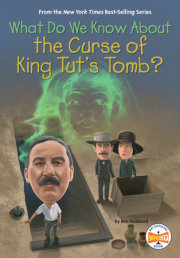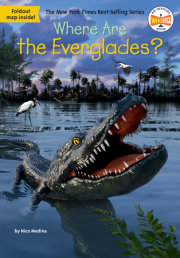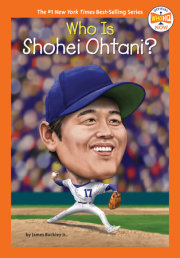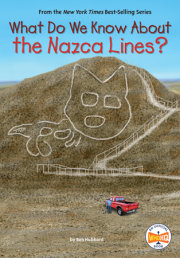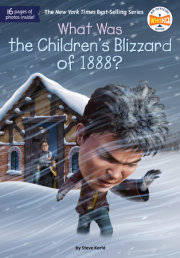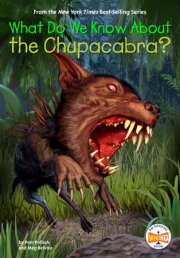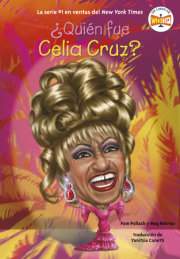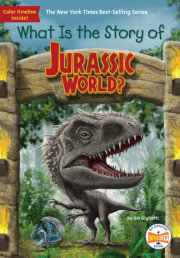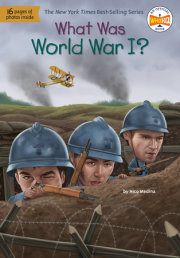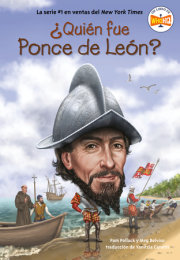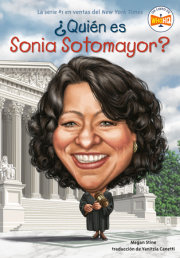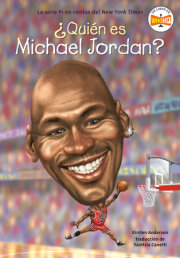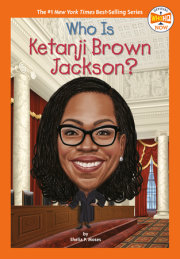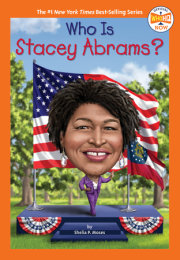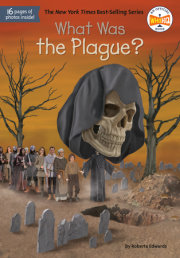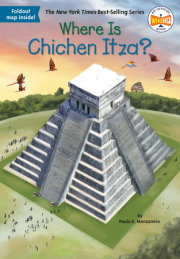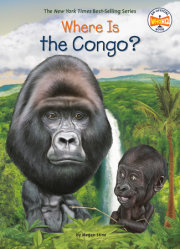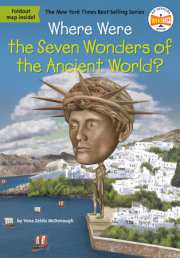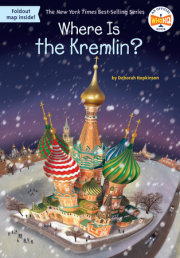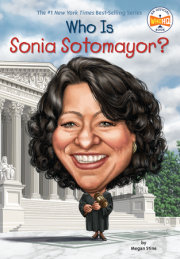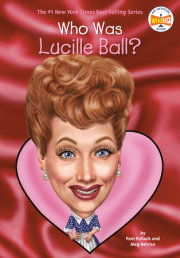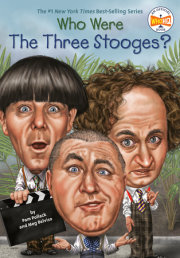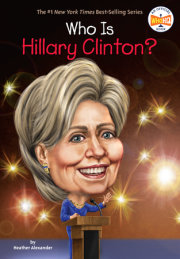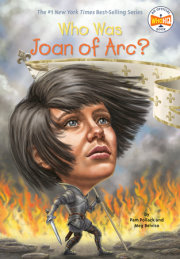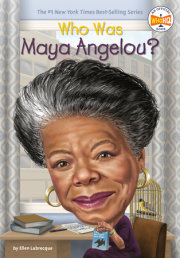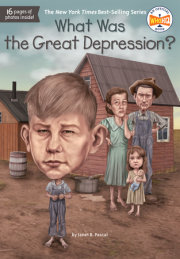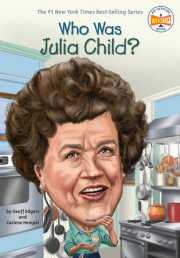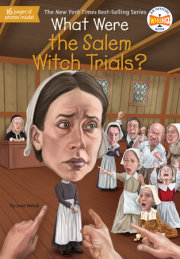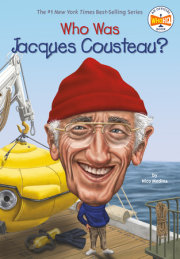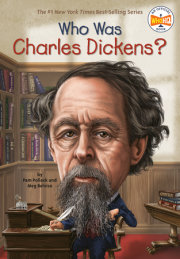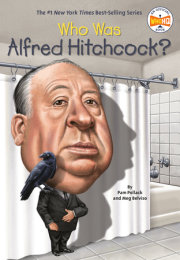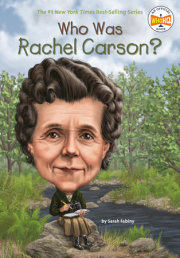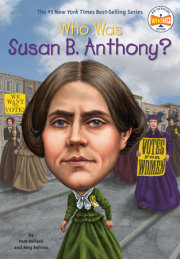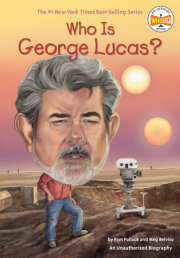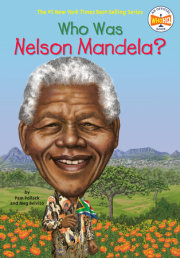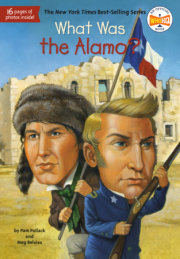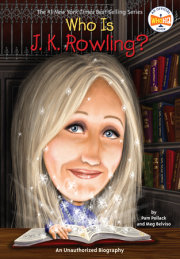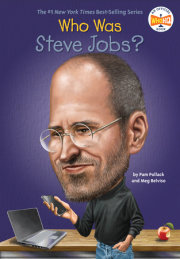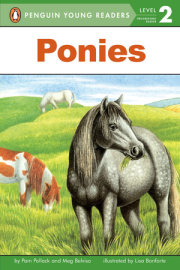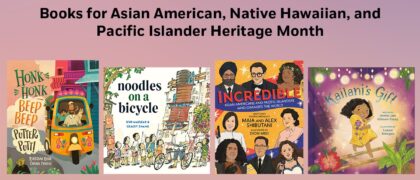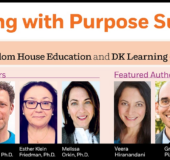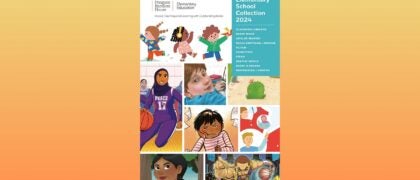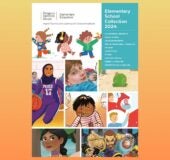Who Was Alexander Hamilton? On July 11, 1804, high above the Hudson River in Weehawken, New Jersey, two men met at dawn. They were Alexander Hamilton, a Revolutionary War hero and the first secretary of the treasury, and Aaron Burr, the vice president of the United States. They had come to fight a duel.
In the early 1800s, dueling was common. When two gentlemen got into a fight that they couldn’t settle with words, they agreed to meet with pistols instead. In a secluded place, they faced each other. They planned to point and shoot at the same time. If they were lucky, both men would survive. The men stood on a high rock cliff facing the water. They were hidden by trees. This was a popular spot for duels.
A man who refused to fight a duel was seen as a coward. But dueling was illegal in New York City, where Alexander and Aaron lived. New Yorkers could be punished for dueling. That is why they had come to Weehawken—a spot right across the river from New York City. New Jersey was not as strict about dueling.
Alexander Hamilton and Aaron Burr had known each other for many years. Sometimes they worked together as lawyers or in the government. Often they disagreed. A few weeks earlier, Alexander had insulted Aaron at a dinner party. Aaron demanded an apology when he found out, but Alexander refused. Friends of the two men tried to make peace between them. But it was no use.
Alexander Hamilton and Aaron Burr raised their pistols and took their aim. Only one would survive.
Chapter 1: A Caribbean Childhood On January 11, 1755, Alexander Hamilton was born on Nevis, a small island in the West Indies. It is now part of the country called the Federation of Saint Kitts and Nevis. It was a British colony, which meant it was governed by Great Britain and its king, George III.
Alexander’s parents were James Hamilton and Rachel Faucette. James had grown up in Scotland, where his family lived in a castle. But as the youngest son, James didn’t inherit it. He came to the West Indies hoping to make money, but he wasn’t very good at it.
Rachel Faucette had been born in the West Indies, and her family was French. James and Rachel were not married. Rachel had married another man when she was young, but he was very mean. She ran away, leaving behind a son, and she never saw him again. Rachel and James lived together as husband and wife and had two children, James and Alexander.
Many white people on the island made money by growing sugarcane. Most of the sugarcane was picked by slaves who had been brought to the islands from Africa. It was a terrible job, standing in the hot sun and harvesting the plants. So terrible that many slaves died within five years of being sent to the island. Perhaps it was seeing people suffer this way that turned Alexander against slavery for the rest of his life.
Alexander loved to read both in English and French, a language he learned from his mother. He probably wasn’t allowed to go to a formal school because his parents weren’t married, so he was tutored. But in his small town, Alexander and James didn’t really think of themselves as different from other children. It wasn’t unusual for boys to be taught at home.
In 1765, James Hamilton moved the family to another island, called St. Croix (say: saint CROY), which today is part of the United States Virgin Islands. In St. Croix, Alexander and his brother, James, started to understand for the first time that they were different from other children because their parents weren’t married. Some people on the island did not approve.
In 1766, when Alexander was eleven years old, his father abandoned the family. He didn’t think he could support them anymore and went off to one of the other islands to try to earn more money. A year later Alexander and his mother got very sick. No one knows what the illness was, but for days they both lay in bed burning with fever. Alexander recovered but his mother died.
James and Alexander went to live with an adult cousin but he, too, died within just a few years. Now the boys were truly alone in the world. Everything their mother had owned belonged to her first husband. So the boys were left with nothing. With their mother dead and their father gone, they had no idea what their future would hold.
Copyright © 2017 by Pam Pollack and Meg Belviso. All rights reserved. No part of this excerpt may be reproduced or reprinted without permission in writing from the publisher.

